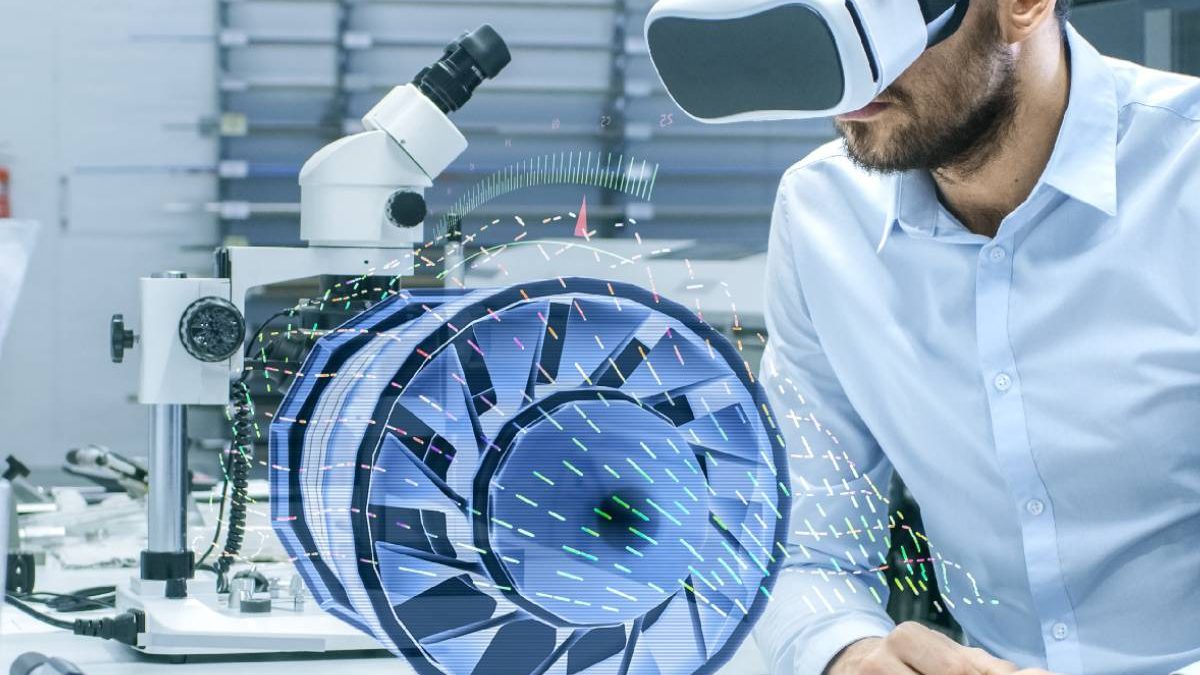A digital twin is a virtual replica of a physical object or system, and it can be used to monitor and control real-world objects or to predict their behavior. Conversely, a simulation is an artificial environment in which agents (such as molecules, cells, or animals) interact with one another. Digital twins and simulations are both widely used in science and engineering, but there is some confusion about their differences. This article will explore the distinction between digital twins and simulations and discuss some of their different applications.
Table of Contents
Digital twin, and what are its benefits over traditional simulations?
A digital twin is a simulation of a physical object or system that can be used to predict the behavior of the actual object or system. Unlike traditional simulations, which are based on limited data and idealized models, digital twins are based on sensors collected from sensors monitoring the actual object or system. As a result, they are much more accurate and provide a more realistic representation of how the actual object or system will behave.
There are many potential applications, including manufacturing, healthcare, and even urban planning. By providing a more realistic and accurate representation of reality, digital twins can help to improve decision-making, optimize processes, and reduce costs.
A digital twins platform is software that allows users to create digital twins. There are many different digital twin platforms, each with features and benefits.
How is a digital twin created, and how accurate are they replicating the real world?
It is a computer-generated replica of a physical object or system. The purpose of a digital twin is to provide a way to virtually test changes or monitor the performance of the physical object or system. To create a digital twin, real-world data must be collected and then used to generate a 3D model. This model is then programmed with simulations that replicate the conditions of the real-world object or system.
The accuracy of a digital twin depends on the quality of the data used to create it and the complexity of the simulated conditions. For simple objects or systems, digital twins can be pretty accurate; however, there is room for error for more complex objects or systems. Despite this, digital twins are becoming increasingly popular to test changes or monitor performance without affecting real-world objects or systems.
What industries are using digital twins, and what benefits have they seen?
As digital twins become more sophisticated, their potential applications are only increasing. For example, some healthcare providers use digital twins to simulate surgical procedures, allowing for more accurate planning and execution. Digital twins are also used in the automotive industry to develop and test autonomous vehicles. The benefits of this technology are clear, and we will likely see even more widespread adoption in the years to come.
Are there any potential drawbacks to using digital twins, and if so, what are they?
Digital twins can provide a wealth of information about a system, and they have the potential to revolutionize the way we manage complex systems. However, there are also some potential drawbacks to using digital twins. For example, if a digital twin is not calibrated correctly, it may not be accurate.
Additionally, digital twins require significant amounts of data to be effective, which can be costly to collect and store. Finally, digital twins rely on AI and machine learning, which means they are subject to the same biases and errors as these technologies. Despite these potential drawbacks, digital twins offer a powerful tool for understanding and managing complex systems.
How will the use of digital twins continue to evolve in the future?
The use of digital twins is not new, but it has become more commonplace in recent years as technology has improved. One example is the automotive industry, where digital twins are used to test new cars’ designs. The potential applications of digital twins are nearly limitless, and their use will likely continue to grow. For example, they could be used to optimize the design of buildings, airplanes, and even entire cities.
As data collection and analysis capabilities continue to improve, digital twins will become increasingly accurate and practical tools for engineers and designers. Almost every physical object will likely have a corresponding digital twin in the future.
Conclusion
Digital twins are digital replicas of physical objects or systems. They are created by collecting data about real-world objects and then using that data to create a digital model. This model can track changes, monitor performance, and test changes before they are implemented in the real world. Digital twins have many potential applications and are already being used in various industries, including healthcare, manufacturing, and transportation.
As data collection and analysis capabilities continue to improve, digital twins will become even more accurate and valuable tools for managing complex systems.

